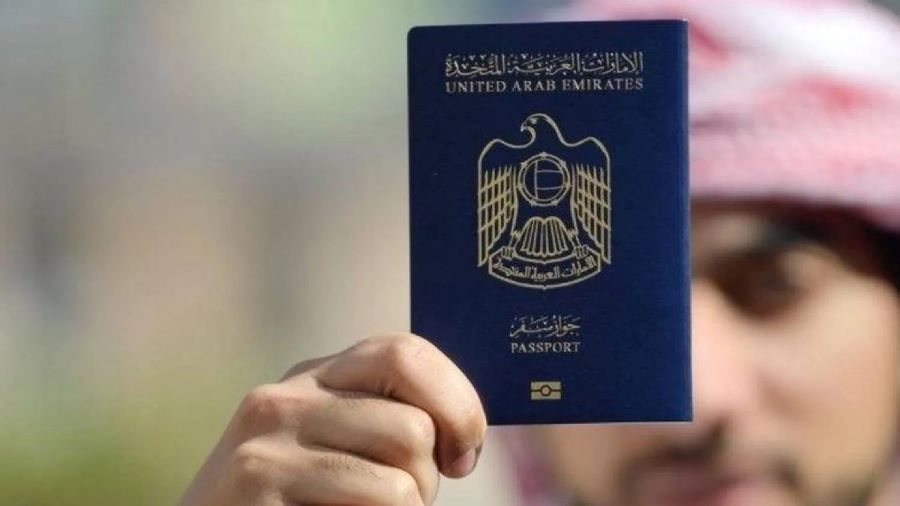
illustration and painting
Companies Secure $66 Billion as Subsidies Globally in 2023
Companies planning to launch new businesses usually look at incentives, which are a key component of investment attraction strategies adopted in developed and developing economies, and governments across the world have disbursed subsidies to the tune of $65.83 billion to these entities in 2023, the UNCTAD Investment Report 2024 showed.
According to the “Global Incentives Report 2024, released by the Financial Times fDi Intelligence, the most notable projects that secures incentives were reputed chip manufacturer Intel, which secured $11 billion from the German government for setting up its new semiconductor plants in Magdeburg, which is expected to create 3000 high-tech jobs, Amazon proposed an investment of $12 billion for five new data centre facilities in Oregon, capable of creating 600 new jobs, with the support of an estimated $1 billion in tax credits from Morrow County in the US.
Through these incentives, relatively smaller regions like Morrow County in Oregon and Magdeburg in Germany are capable of evolving into high-potential hubs of job creation, while yielding other transformative, long-standing economic benefits.
“Investment and incentives have long been entwined. Incentives are strategically leveraged by governments at national, state, and regional levels worldwide. Besides bringing in high-value investments, they serve as a crucial instrument to make headway for the economic development ambitions of regions and countries,” the report said.
Over the past decade, the global incentives landscape has evolved significantly, ensuing a notable shift toward the adoption of incentives as a high-value investor attraction tool.
With around $66 billion in incentives disbursed worldwide in 2023, the global incentive landscape remains more powerful than ever. However, a concerning lack of transparency surrounding incentives is apparent, making it challenging for corporate strategy decision-makers to identify attractive opportunities and schemes to cash in on.
It has become vitally important to ensure the clarity and depth of the information available on incentives for each location and sector to strengthen investor confidence and influence their investment decisions positively.
IncentivesFlow
This challenge is precisely what IncentivesFlow, a continually updated and centralised database tool from the FT fDi Intelligence portfolio, tracking real-time financial incentives awarded to companies for foreign and domestic investment projects.
IncentivesFlow equips investment promotion agencies, economic development organisations, governments, and investing companies with adept intelligence on the incentive packages being offered across locations and industries, enabling the effective comparison of incentives, the discovery of investment trends, location benchmarks, and strategic advantages, and help them make data-backed and informed decisions in corporate location strategy, investment attraction, policy formulation, and drive long-term economic benefits for regions, FT fDi Intelligence report said.
UNCTAD Report
The UNCTAD report also said that the proportion of investment incentives adopted has expanded significantly since the COVID-19 pandemic, surging from a quarter to a third of all favourable investment attraction measures.
In 2023, investment incentives comprised one-third of the policy measures favourable to investors in both developed and developing economies. Although there was a decline in new incentive numbers compared to the previous year, the figure still exceeded the decade’s average.
“This shift underpins the critical role of incentives in attracting and promoting investments, as well as strengthening economic resilience globally. About half of the sector-focused incentives introduced in 2023 were aimed at attracting investment in the services sector, followed by manufacturing and agriculture,” UNCTAD said in the report.
The drive for renewable energy investments in 2022 significantly influenced the ideation and introduction of new incentives in 2023. Among the countries, the US led in terms of the new incentive programmes that were announced.
Over the decade from 2014 to 2023, incentives dominated as a favourable investment policy measure in Africa and the Latin American and Caribbean regions. Developed countries reported a 32% favour for incentives while developing Asia had only an 18% share.
MENA Region
The Middle Eastern governments are working to bolster their renewable energy capacity in line with their COP28 ambitions by issuing further incentives for regional businesses.
The GCC governments are also incentivising manufacturers to drive industrial automation and digital transformation in the manufacturing sector.
The UAE’s “Operation 300bn” which aims to boost manufacturing in the region by promoting Industry 4.0 technologies by 2031, Bahrain’s Economic Recovery Plan and Industrial Sector Strategy that embraces Industry 4.0 capabilities, and Saudi Arabia’s Advanced Manufacturing Hub Strategy that aims to increase the number of factories and diversify the industrial sector by 2035 are some of key policies unveiled by these governments.
In Egypt, the Green Hydrogen Incentive and other fiscal incentives help advance the deployment of green hydrogen. Countries like Nigeria and South Africa have also adopted several fiscal and non-fiscal incentives focused on renewable energy investments.













